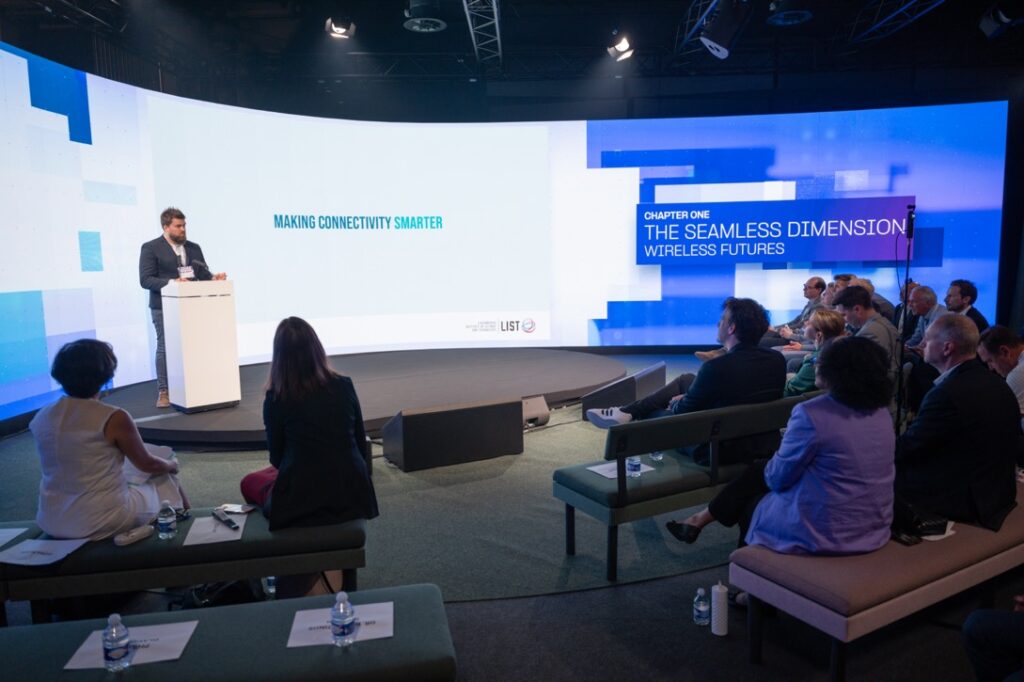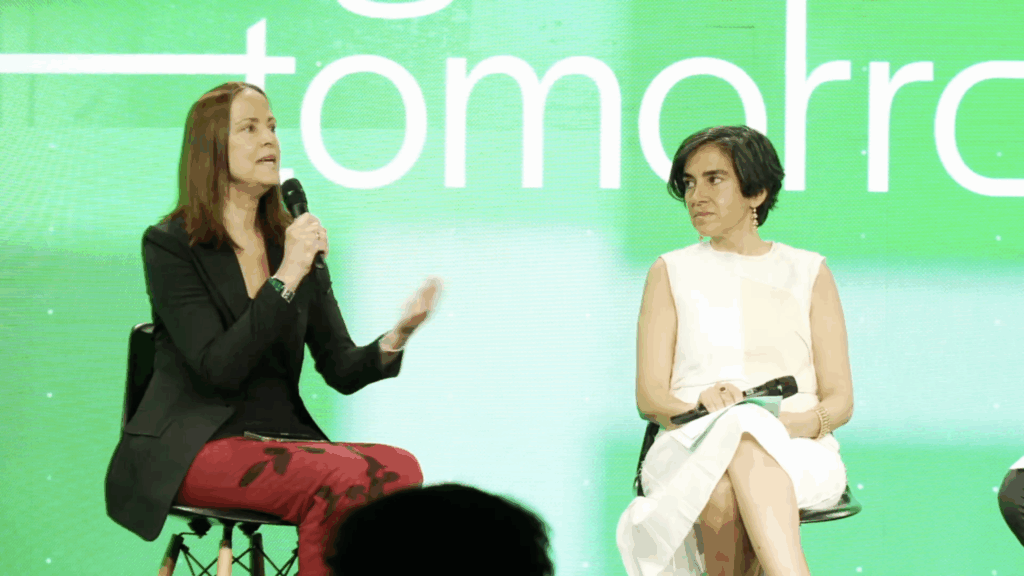
Summer series: The six dimensions of connectivity (Part One)
Scroll
Connectivity is a topic that could have us talking for an entire afternoon – and provides plenty of food for thought for an exciting summer split into in several chapters. `At this year’s Nexus 2050 in June, MyConnectivity hosted the (afternoon) side event ‘Connecting Tomorrow’. Sixteen experts spoke for four hours on the six dimensions of connectivity. This provided some enlightening insights, which we would like to summarise per dimension over the coming summer weeks. We’re kicking off with the seamless dimension.
Scroll
Part One: The seamless dimension
The Internet has been around for decades now and has seen many rapid developments since its inception. At the same time, its use and the associated connectivity requirements have also changed. Next-gen wireless will therefore mean more than speed, but rather a fabric that will connect billions of devices, industries and ideas. To make this possible, the existence of high-performance networks is key.
5G and 6G: International cooperation and a 'national practical laboratory'
Sébastien Faye (Luxembourg Institute of Science and Technology – LIST) presented Luxembourg’s flagship 5G and 6G research projects. A key aspect of the country’s journey to the future is the numerous collaborations with both national and international partners. These range from mobile network providers and universities to innovative players from sectors such as mobility and healthcare, where connectivity plays a key role. In this context, Belval represents a kind of national laboratory for the future, where the principle of ‘testing before investing’ is applied to accelerate the adaptation of 5G and create a foundation for exploring and validating 6G research.
From 'human to human' to the IoT: connectivity over time
Julien Baudouin (Proximus) began his talk by reviewing the history of mobile connectivity. While it was purely a human-to-human affair in the 1G era of the last century, the requirements placed on the respective network grew along with the numbers preceding the “G”. Via the stages of telemetry and machine-to-machine, these led to the current (interim) stage of the Internet of Things. On the one hand, when it comes to high-speed transmission, 5G gets the job done. On the other hand, the NB-IoT network technology, also available throughout Luxembourg, represents an – amongst others – energy-efficient addition. Together, the two technologies ensure the use of all digital possibilities.
Enabling more and more digital services: Network API innovation
Complementarity and synergies were also the focus of Steven Pater’s (Vodafone) presentation. He explained how open gateways can promote innovation around network APIs (application programme interfaces) and thus further advance connectivity. The objective here is to continuously enable and expand digital services – in Luxembourg and across the globe. Current examples include fraud prevention via identity APIs, drone fleet control via location APIs and more stable video conferences via network quality APIs.


